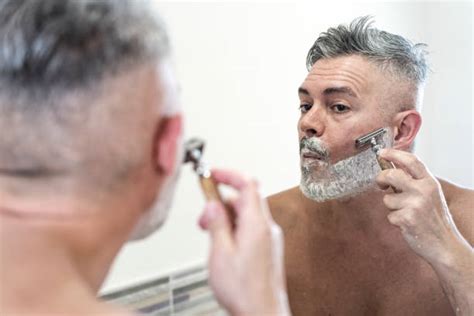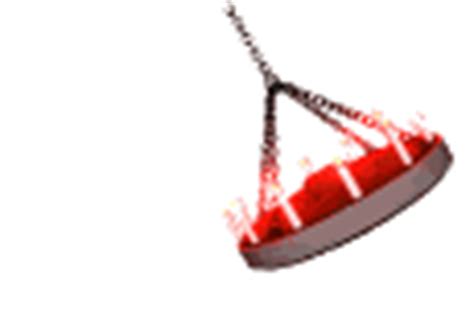Optimize daily shave: prevent ingrowns & razor burn for a sharp look?

Achieving the Perfect Shave: A Step-by-Step Guide
For many, shaving is a daily ritual, yet it often comes with the unwelcome side effects of razor burn, irritation, and stubborn ingrown hairs. These common issues not only detract from a clean, sharp appearance but can also be uncomfortable. The good news is that with a few tweaks to your technique and product choices, you can transform your shaving experience into a smooth, irritation-free routine. This guide will walk you through optimizing your daily shave to achieve that coveted sharp look.

Preparation is Paramount: Setting the Stage for Success
The secret to a great shave often lies in what you do before the razor even touches your skin. Proper preparation softens your beard and opens your pores, making the hair easier to cut and reducing friction.
Hydrate and Soften
- Hot Shower or Warm Compress: Shave after or during a hot shower. The steam and warm water help to hydrate your skin and soften the hair follicles. If a shower isn’t an option, apply a warm, damp towel to your face for a few minutes.
- Pre-Shave Oil: A good pre-shave oil creates a protective barrier between your skin and the razor, helping the blade glide more smoothly and preventing irritation. Apply a small amount and massage it into your skin and beard.
The Right Tools Make All the Difference
Your choice of razor and shaving cream significantly impacts the quality of your shave.
Sharp Razor Blades
- Fresh Blades are Key: A dull blade is the primary culprit behind tugging, pulling, and irritation. Change your razor blade every 5-7 shaves, or sooner if you have a thick beard or notice it dragging.
- Choosing Your Razor: Whether you prefer a multi-blade cartridge, a safety razor, or a straight razor, ensure it’s clean and sharp. Safety razors, in particular, are praised for reducing ingrown hairs due to a single, sharp blade cutting hair at the skin’s surface.
Quality Shave Cream or Gel
Opt for a rich, lubricating shaving cream, gel, or soap that creates a thick lather. This helps lift the hairs, provides lubrication, and protects your skin. Avoid aerosol foams with harsh chemicals that can dry out your skin.
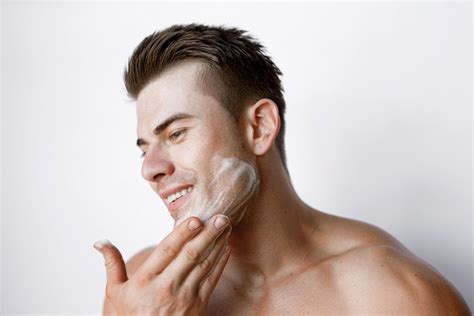
Mastering Your Shaving Technique
Even with the best preparation and tools, improper technique can still lead to razor burn and ingrowns. Pay attention to how you wield your razor.
Shave with the Grain
Always shave with the grain (in the direction your hair grows) on the first pass. This is the most crucial step for preventing ingrown hairs and irritation, especially for those with sensitive skin. If you need a closer shave, re-lather and go across the grain for a second pass, but avoid going against the grain entirely if prone to irritation.
Light Touch and Short Strokes
- No Pressure: Let the weight of the razor do the work. Pressing down too hard will cause irritation, nicks, and can lead to ingrowns as the blade cuts too far below the skin surface.
- Short, Controlled Strokes: Use short, deliberate strokes (about 1-2 inches) rather than long, sweeping motions. This gives you more control and reduces the chances of missed spots or irritation.
- Rinse Your Blade Often: Rinse your razor frequently under running water to remove accumulated hair and shaving cream. A clogged blade is an ineffective blade.

The All-Important Post-Shave Ritual
Your work isn’t done once the last hair is removed. Post-shave care is vital for soothing the skin, closing pores, and preventing issues.
Rinse and Soothe
- Cold Water Rinse: After shaving, rinse your face thoroughly with cold water. This helps to close your pores, calm the skin, and remove any lingering shaving cream.
- Aftershave Balm (Alcohol-Free): Skip harsh, alcohol-based aftershaves that can dry out and irritate your skin. Instead, opt for an alcohol-free aftershave balm or lotion with soothing ingredients like aloe vera, witch hazel, or chamomile. This will hydrate and calm your skin.
- Moisturize: Finish with a good facial moisturizer to keep your skin supple and protected throughout the day.
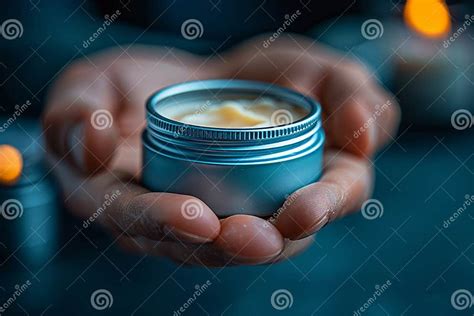
Preventing Ingrown Hairs: Beyond the Shave
For persistent ingrown hairs, incorporating a few extra steps into your routine can make a significant difference.
Regular Exfoliation
Exfoliating 2-3 times a week (but not on the day you shave) helps to remove dead skin cells that can trap growing hairs and lead to ingrowns. Use a gentle facial scrub or a chemical exfoliant with salicylic acid or glycolic acid.
Razor Storage and Hygiene
After each shave, rinse your razor thoroughly and allow it to air dry completely to prevent bacterial growth. Store it in a dry place, away from humidity, to prolong its life and maintain hygiene.
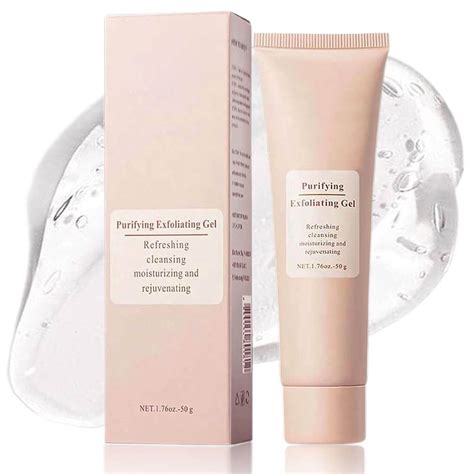
Conclusion: Embrace a Smoother Shave
Transforming your daily shave from a chore to a gratifying experience is entirely within reach. By focusing on proper preparation, using the right tools, refining your technique, and committing to a thoughtful post-shave routine, you can drastically reduce razor burn and ingrown hairs. The result? Consistently smooth, healthy-looking skin and a sharp appearance that speaks volumes.

